Car Design News paid a visit to Afry Experience Studios as the team settled into its new Gothenburg headquarters to discuss the studio’s ethos and how the design of the space will support Afry’s holistic approach
Afry Experience Studios might be the biggest design studio you’ve not yet heard of. Sitting within Afry – a vast organisation well known for its engineering and energy projects – Afry Experience Studios is a multidisciplinary studio with a workforce to match the company’s diverse body of work. Car Design News paid the studio a visit in its new Gothenburg headquarters where we met Rob Dolton, head of design, Eva Lindgren, head of experience design and studio head Martin Andersson.
“We have a really wide range of designers across multiple disciplines, from brand and innovation to service team to UX. What makes us different is that we are allowing them to craft the space to break down the ‘silo effect’, says Dolton. “It creates a melting pot of ideas that runs through all the departments and by doing that it offers our clients something extra.”
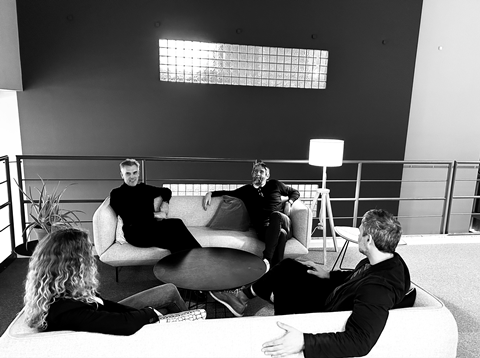
And Dolton should know. A veteran designer of JLR and Geely, he has often been on the other side of the fence when it comes to working with external studios. Afry Experience Studios now occupies the former Geely headquarters in the Nordstaden area of Gothenburg when the former decamped to a new building across town. The moving process was completed early 2023 and is partly strategic, partly necessary to house a growing workforce. The new workspace illustrates the business’ commitment to design and it falls to Dolton, Lindgren and Andersson to ensure this commitment is justified.
“One of the things we talk about here is a lot of the magic happens in the grey areas between departments,” explains Dolton. “And you can’t just throw something over the wall and then ask someone else to pick it up.”
The studio is connected to the town centre by a passenger ferry that drifts past a series of cranes – graphic symbols of a once-thriving port, which has evolved from maritime domain to a cool creative district. Evidence of this transformation is apparent in the youthful demographic drinking coffee dockside against a backdrop of red-brick warehouses warming in the mid-morning sun.
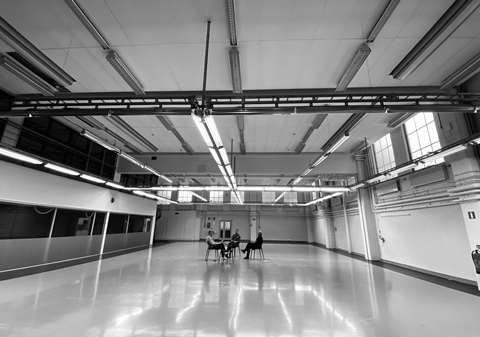
It all feels very collegiate, and precisely the kind of atmosphere Afry Experience Studios is trying to replicate within its new home. There is a relaxed feeling that permeates beyond the canteen, where we meet a handful of designers grabbing an early lunch, and into studios beyond. Indeed, the studio rubs shoulders with potential clients – Volvo and Nio each have a presence nearby – and underline Afry Experience Studios ambitions to position itself as a creative hub. To this end, a ground floor space has been earmarked for social events where the studio can open its doors and show itself to the wider world.
“It was a blank canvas – our product is really the people working here so we need this flexibility where people can meet, sit on different projects and adjust the facilities for different clients.”
“One of the things we talk about here is a lot of the magic happens in the grey areas between departments,” explains Dolton. “And you can’t just throw something over the wall and then ask someone else to pick it up.”
The physical manifestation of these grey areas are the numerous breakout spaces dotted about the expansive floor plate. On the day CDN visits, conversations are ongoing as to how best to divide up the space. Lindgren explains: “It was a blank canvas – our product is really the people working here so we need this flexibility where people can meet, sit on different projects and adjust the facilities for different clients.”
“Design is no longer just about the product – it is about how that product fits into 15-minute cities, for example.”
Across the gantry from where we are sitting is a rough and ready auditorium made from chipboard where people can sit and exchange ideas, hold a town hall style meeting or simply chill out. Today, head of business development Johan Andinsson is lying down on part of the structure; the general consensus among his colleagues is that Andinsson thinks better when he is horizontal.
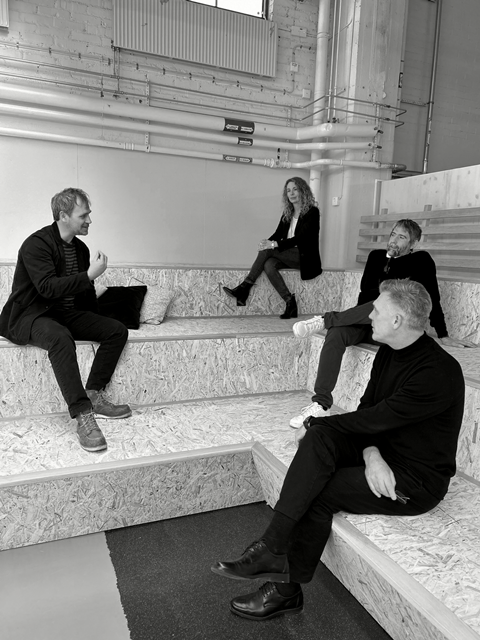
The studio encompasses multiple capabilities – everything from fostering design-driven culture with a business strategy and product and service design development to coaching and brand strategy. This breadth is why Andersson, the third member of our trio, joined Afry around five years ago.
”Sometimes we car designers have forgotten to ask ourselves what the question is we are answering. What we have here is service and UX designers used to dealing with that question and it is fascinating to see that bleed into teams from other areas.”
“Design is no longer just about the product – it is about how that product fits into 15-minute cities, for example. I also see the shift in competencies needed to support new requirements from both the OEMs and society at large.”
To the generation that has gone before, the car embodies freedom, but, as Lindgren points out, there is a new wave of designers who potentially do not have the same emotional connection to cars. “If the car does not define you as a person, then we circle back to function.”
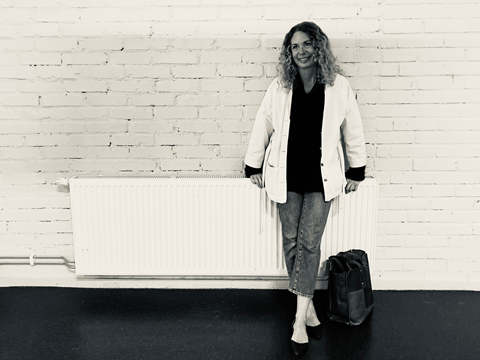
Naturally, this has implications for the types of skills needed in automotive design. “Once upon a time, top of the list was being really hot with a pencil,” says Dolton. “Sometimes we car designers have forgotten to ask ourselves what the question is we are answering. What we have here is service and UX designers used to dealing with that question and it is fascinating to see that bleed into teams from other areas.”
This interrogative culture is tempered by an understanding that it is important to have a workforce unafraid to share ideas. “I love seeing those different ends of the design spectrum speak to each other,” says Dolton.










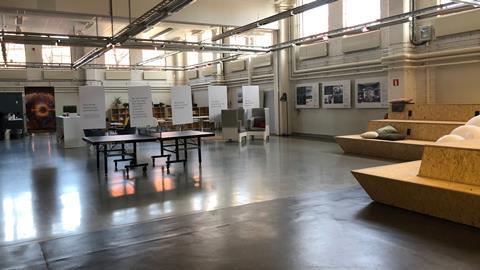

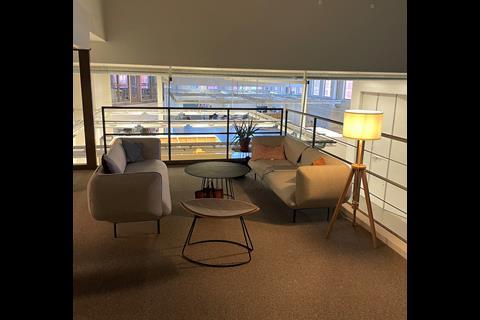
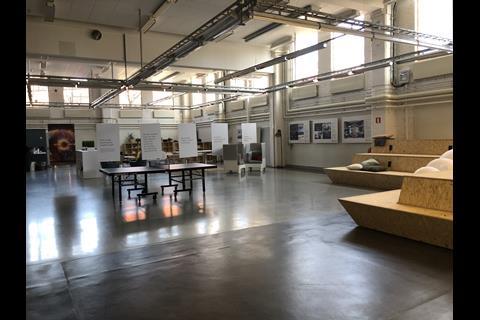
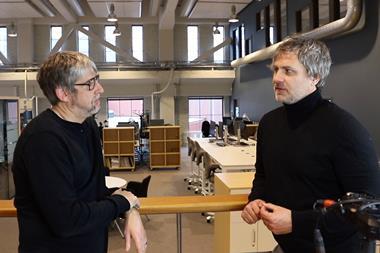

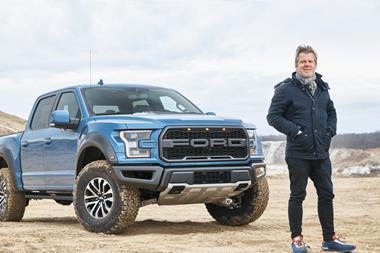
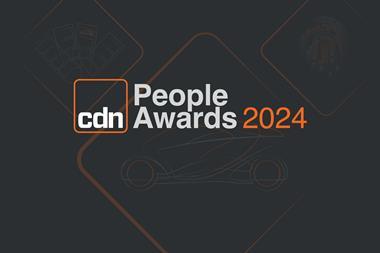
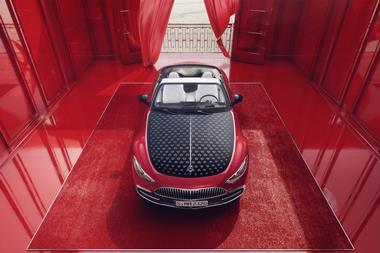




No comments yet